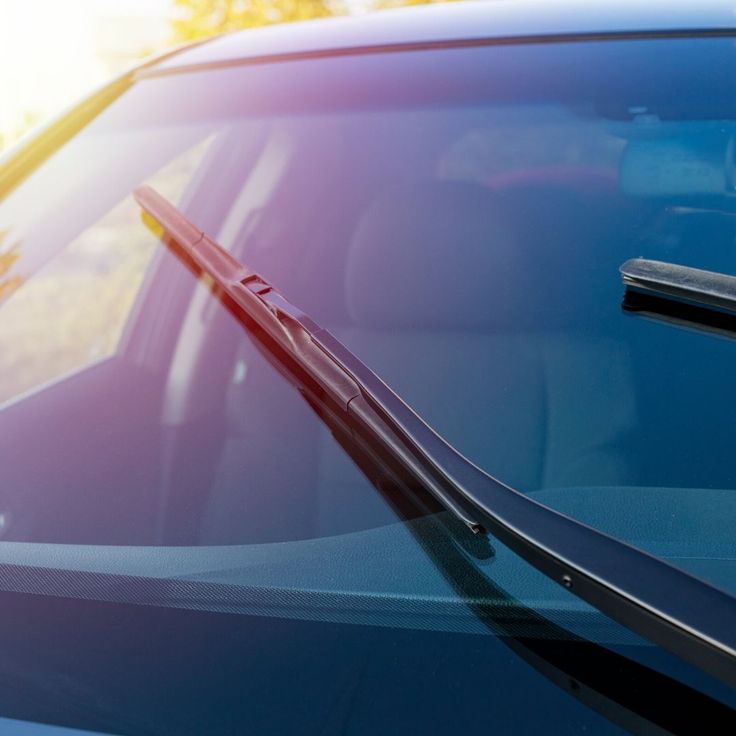Clear visibility is paramount for safe driving, especially during inclement weather. Neglecting your wiper blades and windshield can significantly compromise your ability to see the road ahead. Regular maintenance and prompt repairs are essential for maintaining optimal visibility and ensuring your safety.

1. Wiper Blade Replacement: Keeping Your View Clear
- Function: Wiper blades remove rain, snow, dirt, and debris from your windshield, ensuring a clear view of the road.
- Signs of Wear:
- Streaking: Blades leave streaks of water or debris on the windshield.
- Skipping: Blades skip or chatter across the windshield.
- Splitting or Cracking: The rubber blade is visibly damaged or deteriorated.
- Squeaking or Squealing: The blades make excessive noise during operation.
- Replacement Frequency:
- Wiper blades should be replaced every 6 to 12 months, or more frequently in harsh climates.
- Consider replacing them before the rainy or snowy season begins.
- Replacement Process:
- Consult your vehicle’s owner’s manual for the correct wiper blade size and type.
- Most wiper blades are easy to replace yourself. Follow the instructions on the new blade packaging.
- Ensure the new blades are securely attached to the wiper arms.
2. Windshield Chip Repair: Preventing Cracks and Maintaining Structural Integrity
- Function: The windshield provides structural support for the vehicle and protects occupants from wind, debris, and impacts.
- Chip Repair Importance:
- Preventing Cracks: Small chips can quickly turn into large, irreparable cracks, especially with temperature fluctuations or impacts.
- Maintaining Visibility: A cracked windshield can obstruct your view and create hazardous glare.
- Structural Integrity: A damaged windshield compromises the vehicle’s structural integrity, reducing its ability to protect occupants in a collision.
- Repair Process:
- Prompt Action: Repair chips as soon as possible to prevent them from spreading.
- Professional Repair: Windshield chip repair is typically a quick and affordable process performed by a professional.
- Resin Injection: The repair involves injecting a specialized resin into the chip, which bonds the glass and restores its strength.
- Avoiding DIY: While DIY repair kits exist, professional repair is recommended for optimal results and to ensure the repair is done correctly.
- When to Replace:
- Large Cracks: Cracks longer than a few inches usually require windshield replacement.
- Cracks in Driver’s View: Cracks in the driver’s primary field of vision may necessitate replacement.
- Multiple Chips: Numerous chips or severe damage may require a new windshield.
3. Windshield Maintenance: Keeping It Clean and Clear
- Cleaning:
- Regularly clean your windshield with a glass cleaner specifically designed for automotive use.
- Use a soft cloth or microfiber towel to avoid scratching the glass.
- Clean the inside of the windshield as well, as it can accumulate dust and grime.
- Windshield Washer Fluid:
- Keep the windshield washer fluid reservoir filled with a quality washer fluid.
- Choose a washer fluid that is appropriate for your climate (e.g., freeze-resistant in cold weather).
- Avoiding Damage:
- Avoid using abrasive cleaners or tools on the windshield.
- Do not scrape ice or frost off the windshield with sharp objects.
- Park in shaded areas to prevent excessive heat buildup, which can contribute to windshield damage.
Key Maintenance Tips:
- Replace wiper blades every 6 to 12 months.
- Repair windshield chips promptly to prevent cracks.
- Keep your windshield clean and free of debris.
- Maintain proper windshield washer fluid levels.
By prioritizing wiper blade and windshield maintenance, you can ensure clear visibility and safe driving in all weather conditions.